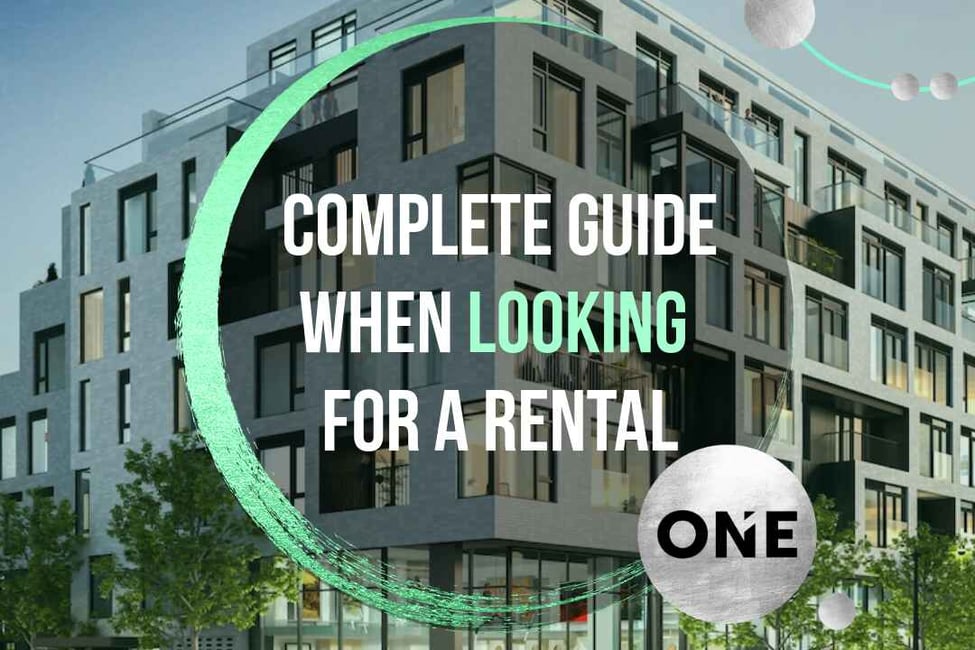Finding the perfect rental home begins with a clear understanding of your budget. Setting a realistic rental budget not only ensures that you can comfortably afford your new place but also helps you avoid financial stress. Here’s a comprehensive guide to determining how much you can spend on rent and finding a home that fits your lifestyle and finances.
Understanding Your Finances
Assess Your Income
The first step in setting your rental budget is calculating your total monthly income after taxes. This figure serves as your baseline for budgeting and helps you understand how much money you have available for various expenses, including rent. Be sure to consider any additional income sources, such as bonuses or freelance work, that might impact your budget.
Identify Essential Expenses
Next, list all of your fixed monthly expenses. These typically include:
- Groceries
- Utilities (electricity, water, gas)
- Transportation (car payments, public transit)
- Insurance (health, car, renters)
Subtract these essential expenses from your income to determine how much you can allocate toward rent. This calculation will give you a clearer picture of your available budget.
Setting a Realistic Budget
The 30% Rule
A widely accepted guideline is to spend no more than 30% of your monthly income on rent. This rule helps ensure that you maintain financial stability and have enough left for other necessities and savings. For example, if your monthly income is $4,000, aim to spend no more than $1,200 on rent.
Consider Additional Costs
Beyond the rent itself, you should also account for other potential expenses:
- Security Deposits: Often equivalent to one or two months' rent.
- Utility Bills: Depending on your lease agreement, you might need to pay for electricity, water, and gas separately.
- Parking Fees: Some properties charge extra for parking spaces or garage access.
- Maintenance Expenses: Occasionally, tenants are responsible for minor repairs or maintenance tasks.
These additional costs can significantly impact your overall budget, so be sure to factor them into your calculations.
Prioritizing Your Needs and Wants
Identify the essential features you need in your new home. These are non-negotiables that should guide your search:
- Location: Proximity to work, school, or public transportation.
- Number of Bedrooms/Bathrooms: To accommodate your household comfortably.
- Safety and Security: A neighborhood with low crime rates and secure building features.
These must-haves ensure that your new home meets your basic requirements and enhances your quality of life.
Flexible Features
Consider aspects where you can be more flexible:
- Size of the Living Space: Whether you prefer a larger apartment in a less central location or a smaller one in a prime area.
- Amenities: Choices like a gym or swimming pool might be desirable but not essential.
Being flexible with these features can help you stay within your budget while still finding a comfortable living space.
Planning for the Future
Saving for Emergencies
It's crucial to set aside a portion of your budget for unexpected expenses, such as emergency repairs or sudden income changes. Aim to have at least three months' worth of rent saved to cover unforeseen circumstances. This safety net provides peace of mind and financial security.
Long-Term Goals
Consider how your rental choices align with your long-term financial goals. Whether you're saving for a down payment on a future home or planning to invest in other areas, ensure that your rental budget supports your broader financial plans. A well-balanced budget helps you achieve your future goals while maintaining current financial stability.

